Nic Cooper
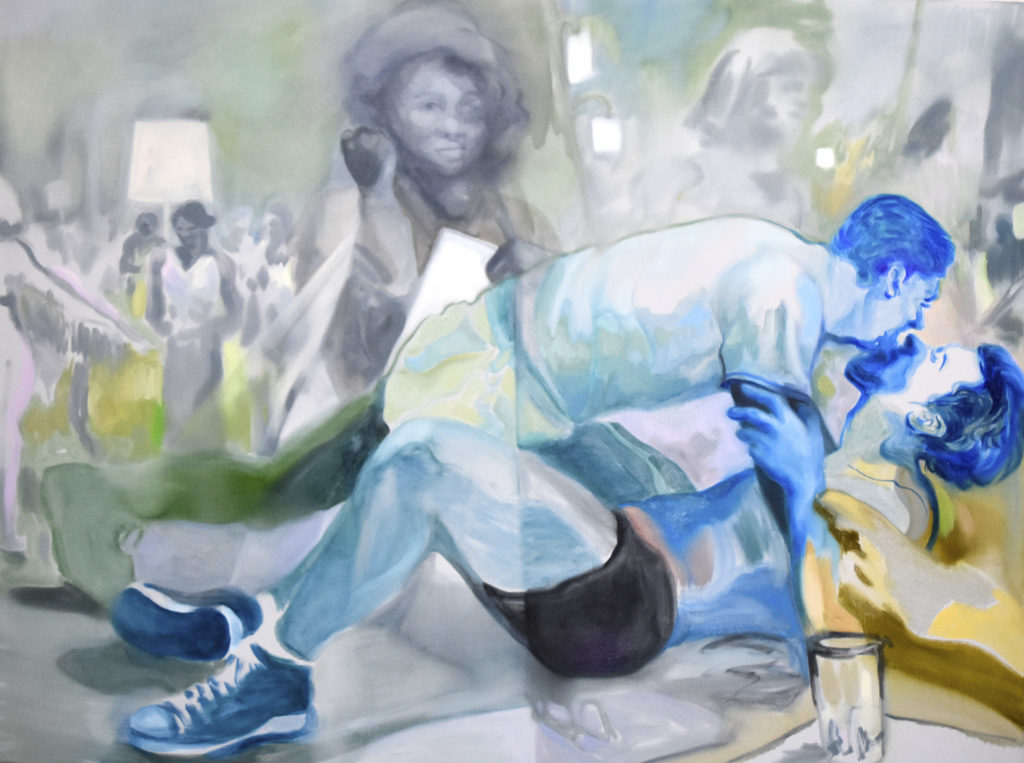
Fig. 1. Nic Cooper, Out in the Streets, 2021. Oil on canvas, 36″ x 48″.
Painting has taught me to be open to change, to respond to unexpected situations, to be resilient and motivated. It has given me idioscyncrasies, habits and colour-swatch-clothes that carry studio energy forward. Paint is always moving, always being built while also being erased, compositional plans rarely stick and conclusions need not be evident. The muscle-memory of flipping a brush vertical to horizontal in a swift motion has reached bone deep. But this is not a romantic exegesis on painting. It is more about what happened when this romance died, and how I began fraternizing with another approach to art-making in order to maintain my studio habit and re-encounter painting.
Although I was fortunate and privileged in many ways during the first-year of the pandemic (and continue to be), I experienced for the first time, like many, a creative block that stemmed from disconnection, postponements, shock and sadness, isolation, and counter to my opening here, the unexpected. This artistic depression seldom affected my other capacities, but its negative feedback ran deep. For example, before, I would make a sweeping gesture with a brush loaded with beautiful green; leaving a mark that registered the joy I got from that action on the canvas. I would instantly know the next move and could execute it well. But earlier this year, it was all doubt, futility and struggle. At the same time, my chronic pain rose to an acute level, making the physical demands of painting unattainable. The painting habit that lives in my nervous system was replaced by an excessive neuropathy; layering a weak feeling in my joints with a burning pain across the affected muscles, and constant sharp shooting pains head to toe. I needed to find a way to be creative, to produce something, without any expectations and low physical intensity. I needed to distance myself from my associations and not compare something new to something old. I wanted it to be small, experimental and analog.
Thinking through my interests in memory studies, queer history, figuration and archival imagery, I wanted a material that carries its own history and associations. After I got going with this new project, I realized that unexpectedly, working in a new way, with new material, was my life-line. I now reflect on how I empathically rebuilt studio habits, and how this new method inherently possesses qualities I had been searching for in my painting.
In 1890, American psychologist William James published Habit, a poetic book on the breaking and building of habits, with a fleshy acknowledgment of the human ability to learn habits through repetition, due to our body’s plasticity and complex neural pathways. He continued writing and lecturing on the philosophy and psychology of habits throughout his life, leaving an often quoted but hard to locate citation which reads “make your nervous system your ally, not your enemy”. This quote is fascinating and infuriating. It presumes we have the time and access to always be in control–to exercise, to have a regular sleep schedule, be well nourished and to not allow injuries fester in our nerve-roots. But at the same time, I know I can train myself to stretch deeper and more regularly, reducing my pain, thus allowing the resumption of daily artistic practices and a happy sensibility.
How can my broken nervous system, whose sensory messaging I aim to curb with Tiger Balm and heat bags become my ally? If a painterly habitude was in essence my character, but I’d fallen out of the habit of painting, where did that leave me?
Generally speaking, habits are thought of as behavioural patterns, some of which become automatic, we loose our awareness of the actions we do and reach a level of unintentionality. I would argue this is the ‘impulsive’ element within painting that can be referred to as intuition, but is in reality more of a learned behaviour than an enigmatic force. In the act of painting (after a relationship with it is established) a subconscious call arises for certain brushes, gestures and colours, developing an idiosyncratic language particular to each painter.
This new project, A Warm Embrace, provided a different language of squeezing, smoothing and creating impressions. These small acts are gratifying and healing, an experiment with which part of my hands make the most obscure impression, obfuscating a representation of a thing, unlike my impulse in painting. My hands, my hands that were trying so hard to not touch anything, that were covered in sanitizer every time I was doing errands, were back to being the operators of my creative endeavors.

Fig. 2. Nic Cooper, A Warm Embrace, 2021. White clay, iridescent oil paint.
After the first session of making these objects, I painted them with an iridescent white oil paint, giving them a new life and forming a visual connection to shells and strange objects found on beaches. I furthered this cue by documenting them on a sandy coloured paper–laid out as if they were collected treasures. Like an engineered surrealist chance encounter, I could beachcomb my own creations and happily discover the ways that each nook and cranny perfectly fit into a particular fold in my hand.
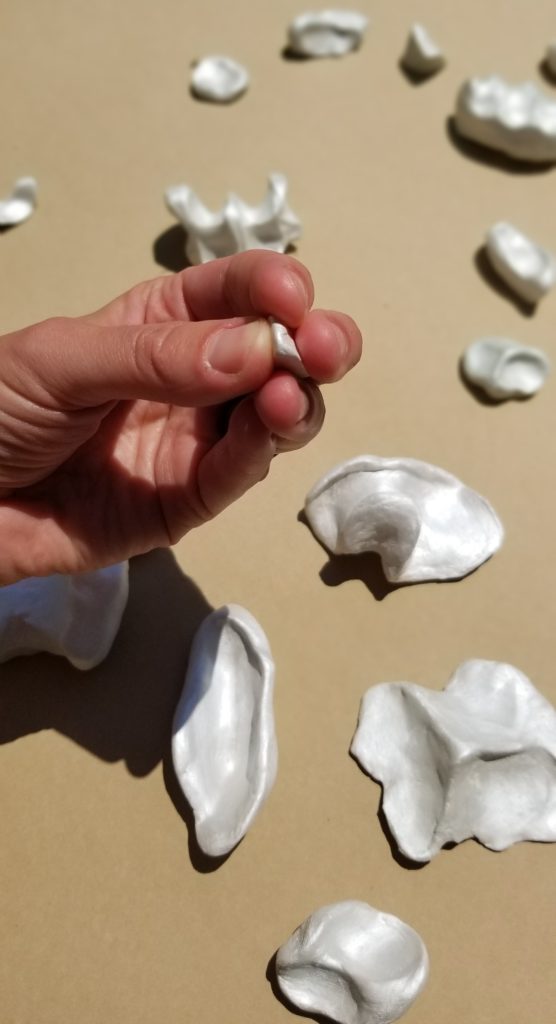
Fig. 3. Nic Cooper, A Warm Embrace, 2021. White clay, iridescent oil paint.

Fig. 4. Nic Cooper, A Warm Embrace, 2021. White clay, iridescent oil paint.
This new activity was an act of compassion toward myself. And in it, I found that the shapes and process conceptually spoke differently. The objects are queer, they are strange and able to blur boundaries between possibilites. They possess a resilience and become stronger in multitudes. Rather than painting a subject, the objects are the impressions of making; and embracing and smoothing the clay were the exact actions I needed to repair my own fissures. At the same time, these small acts excited me, built my studio motivation and encouraged me. The release of constraints brought me back to paint several intimate canvases based on 1970 and 1990 images of “kiss-in” actions for LGBTTQ2SIA+ rights.
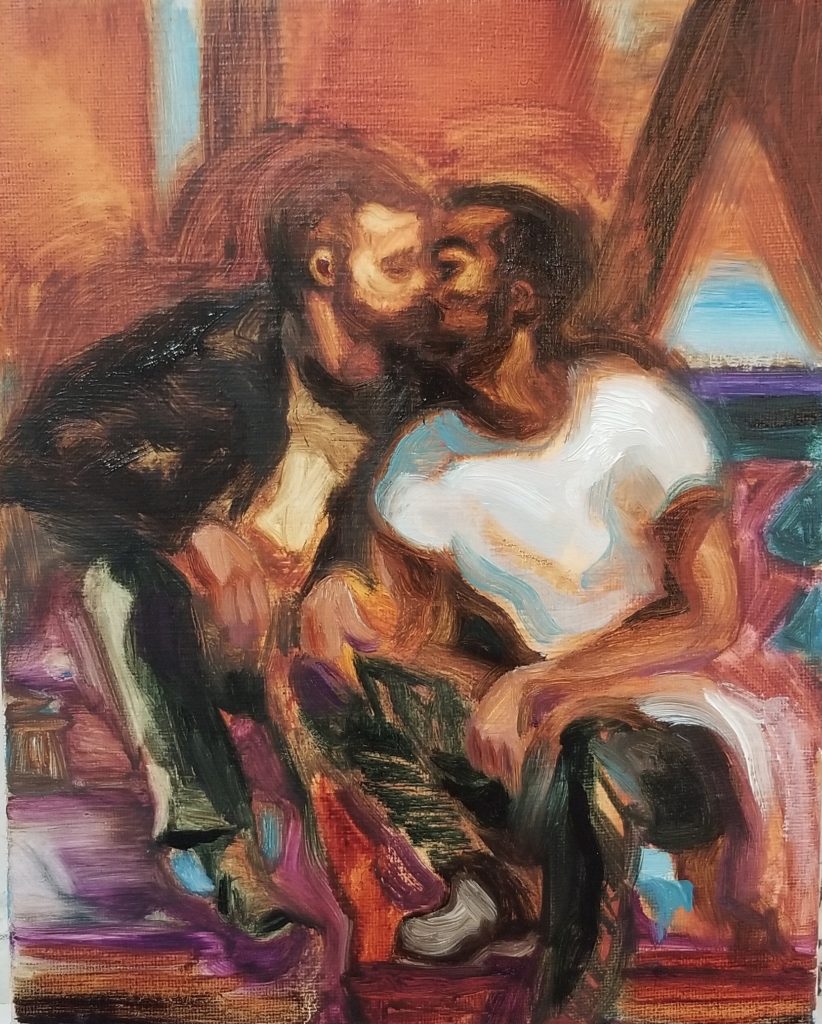
Fig. 5. Nic Cooper, Kiss in Protest, 2021. Oil on canvas, 8″ x 10″.
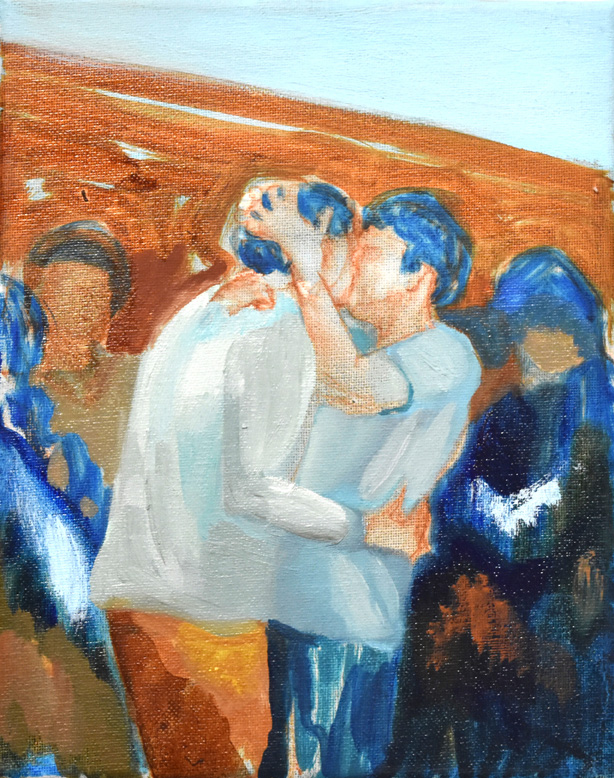
Fig. 6. Nic Cooper, Kiss in Protest, 2021. Oil on canvas, 8″ x 10″.
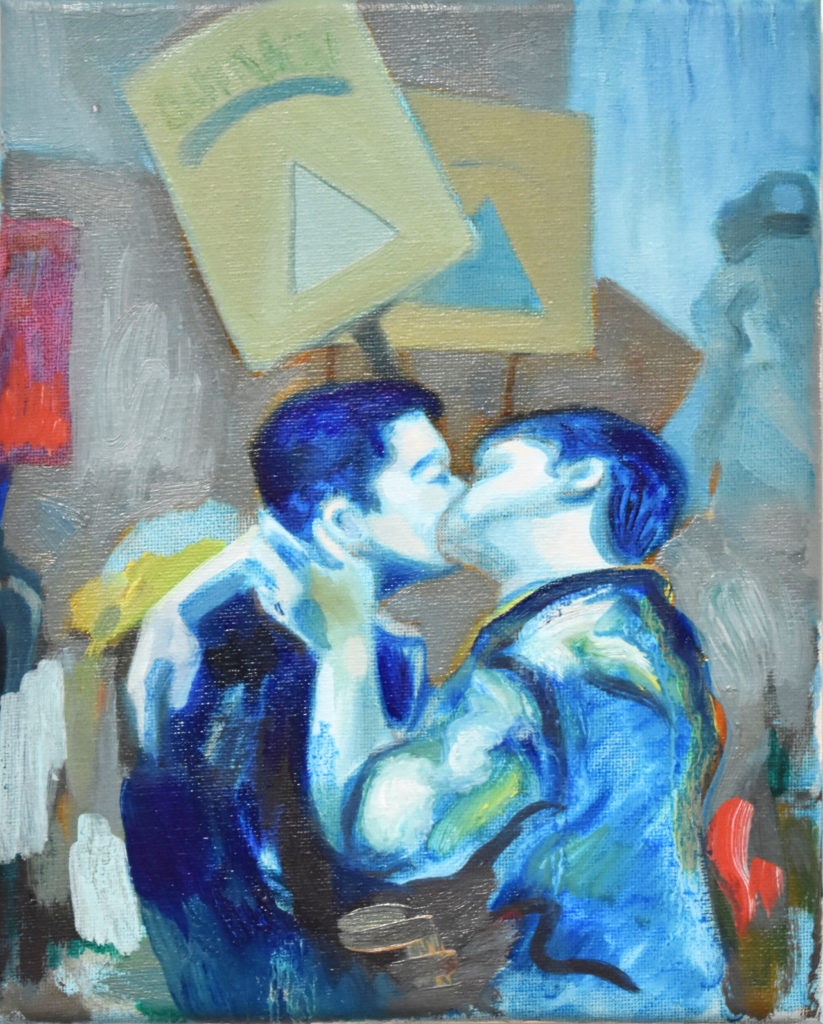
Fig. 7. Nic Cooper, Kiss in Protest, 2021. Oil on canvas, 8″ x 10″.
In painting, abstraction, or the extraction of parts of images, the blurring or obscuring of them, comes from an intellectual place for me, which is also free from restrictions. A place where the mind can wander, or is emptied, stilled and yet knowing. This is the place I aim for when painting, exercising, and in my life as a non-binary queer person. Perhaps for some, this could be called a meditative state, where the nervous system is able to be calm, and new discoveries can be made. I find it in rhythms and familiarities, doing the same sequence of stretches repetitively, painting for over ten years, transferring that knowledge to sculpting–I can stop thinking and simply move. Time moves differently and the mind-body connection is true. Repetition to form habits, to become automatic and not be consciously in control. This is my abstraction, and my intersection between art, pain and queerness.
In my queerness I obscure my youth when I was socialized in femininity and paint over the boundaries between what constitutes masculinity and femininity. I collage grammar together to occupy the space of the ‘they’ pronoun, and erase my preconceptions of my sexuality and how parts of my body may be referred to. I examine the photographs I work with in my studio, of early gay rights activists and their public acts of intimacy to inspire me to resist categorization and remain unequivocally abstracted. I repeat this, I grow, I evolve and it is my disposition, my habitude.
Nic Cooper is a painter based in Gatineau, Quebec, Canada. They received their MFA from the University of Ottawa in 2020, where they were the recipient of the Charles Gagnon Scholarship and the Stonecroft Venice Biennale Scholarship. They have participated in artist residencies within Canada, Nicaragua and Israel-Palestine. Recently, they presented their artwork at the Narrative and Memory conference in Estonia, and exhibited their paintings in Emergent at the Ottawa Art Gallery (2021).